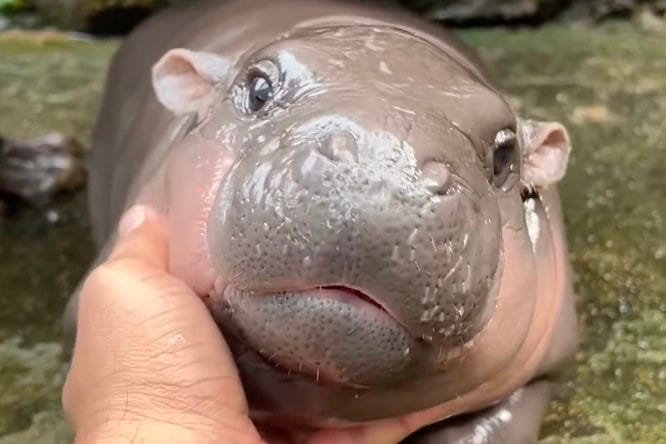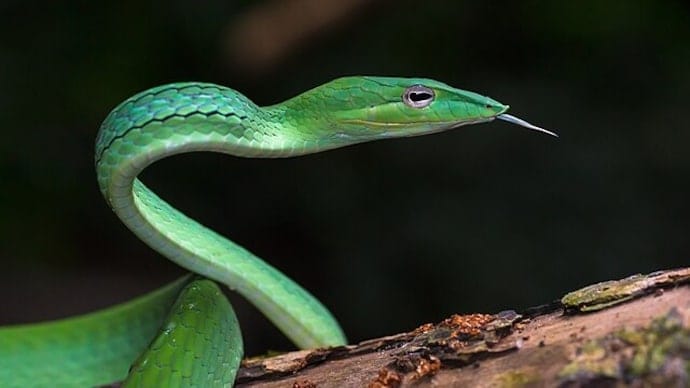Venomous Web of Death - The World's Most Lethal Spiders

Deadly Eight-Legged Creatures
Spiders are one of the most fascinating and feared creatures on the planet. With over 43,000 known species, they can be found in almost every corner of the globe. While most spiders are harmless to humans, a small number of species are venomous, making them a significant threat to human life.
The Rarity of Spider-Related Deaths
Despite their fearsome reputation, spider bites are relatively rare and usually not fatal. In fact, less than 30 species of spiders have been linked to human deaths. This is a tiny fraction compared to the vast number of spider species that exist.
This rarity is due to several factors, including the fact that most spiders are not aggressive and will only bite humans in self-defense. Additionally, many spider venoms are not potent enough to cause significant harm to humans.
However, the venom of certain spider species can be extremely potent, making them a significant threat to human life. These deadly eight-legged creatures are the focus of this article, and we will explore the world's most lethal spiders in the following sections.
The Top Contenders
The world of venomous spiders is a fascinating yet terrifying realm, with certain species possessing potent neurotoxins capable of causing immense harm. Among these eight-legged creatures, a few stand out as particularly lethal, earning them a spot in the venomous web of death.
Brazilian Wandering Spider (Phoneutria fera)
Officially recognized as the world's most venomous spider, the Brazilian wandering spider is a formidable arachnid. Its powerful neurotoxin can cause intense pain, sweating, and hypertension, making it a formidable opponent. With a single bite, this spider can inject a potent venom, earning it the top spot in the venomous web of death.
Sydney Funnel-Web Spider
One of the deadliest spiders, the Sydney funnel-web spider boasts a venom 15 times more powerful than a rattlesnake's. Its potent neurotoxin can cause muscle cramps, hypertension, and cardiac arrest, making it a force to be reckoned with. This spider's aggressive behavior when threatened only adds to its fearsome reputation.
Black Widow Spider (Latrodectus mactans)
With an LD50 of 0.9 mg/kg and an average venom injection of approximately 0.02 mg, the black widow spider is a highly venomous arachnid. Its neurotoxin can cause severe pain, muscle cramps, and breathing difficulties, making it a dangerous creature. The black widow's distinctive black and red coloring serves as a warning to potential predators.
Other Notorious Spiders
While the black widow and brown recluse are two of the most well-known venomous spiders, there are several other species that deserve mention for their potent venom and deadly reputation.
Redback Spider
The redback spider (Latrodectus hasseltii) is a relative of the black widow, found throughout Australia and Asia. The venom of the redback spider contains a neurotoxin that can cause severe pain, sweating, and vomiting. While fatalities are rare, redback spider bites can be extremely painful and require medical attention.
Chilean Recluse Spider
The Chilean recluse spider (Loxosceles laeta) is found in South America and is responsible for several reported deaths. The venom of this spider contains a toxin that can cause necrotic lesions, leading to serious infections and even amputations. Chilean recluse spider bites are highly dangerous and require immediate medical attention.
Sicarius Spiders
Sicarius spiders, also known as crab spiders, are found in South America and Africa. These spiders are known for their distinctive crab-like appearance and are highly venomous. The venom of Sicarius spiders contains a powerful neurotoxin that can cause intense pain, paralysis, and even death. While fatalities are rare, Sicarius spider bites are extremely dangerous and require prompt medical treatment.
Prevention and Treatment
Protective Measures
When venturing into areas where venomous spiders are common, it's essential to take preventive measures to minimize the risk of a spider bite. Wear protective clothing, including:
- Long sleeves and pants
- Sturdy boots
- Gloves
Sealing Entry Points
To prevent spiders from entering your home, seal all entry points, including:
- Cracks and crevices around windows and doors
- Vents and chimneys
- holes around pipes and electrical outlets
Medical Attention
If a spider bite occurs, seek medical attention immediately. If possible, bring the spider or a picture of it to help with identification and treatment. Symptoms of a venomous spider bite may include:
- Severe pain
- Swelling and redness
- Blistering
- Numbness or tingling
Conclusion
As we conclude our journey through the venomous web of death, it's essential to remember that while spider bites can be deadly, they are relatively rare and most spiders are harmless. The vast majority of spiders are not aggressive and will only bite in self-defense.
Minimizing the Danger
Understanding the risks and taking precautions can help minimize the danger posed by these venomous creatures. By being aware of our surroundings, wearing protective clothing, and sealing entry points, we can reduce the likelihood of encounters with deadly spiders.
A Healthy Respect
While it's crucial to acknowledge the potential threat posed by venomous spiders, it's equally important to maintain a healthy respect for these fascinating creatures. Spiders play a vital role in our ecosystem, and their venom has led to numerous medical breakthroughs.
A Final Thought
In the end, the world's most lethal spiders serve as a reminder of the awe-inspiring diversity and complexity of life on Earth. By embracing knowledge and taking responsible precautions, we can coexist with these incredible arachnids and appreciate their place in the natural world.





/https://static.texastribune.org/media/images/AmericanBlackBear.jpg)











Comments ()